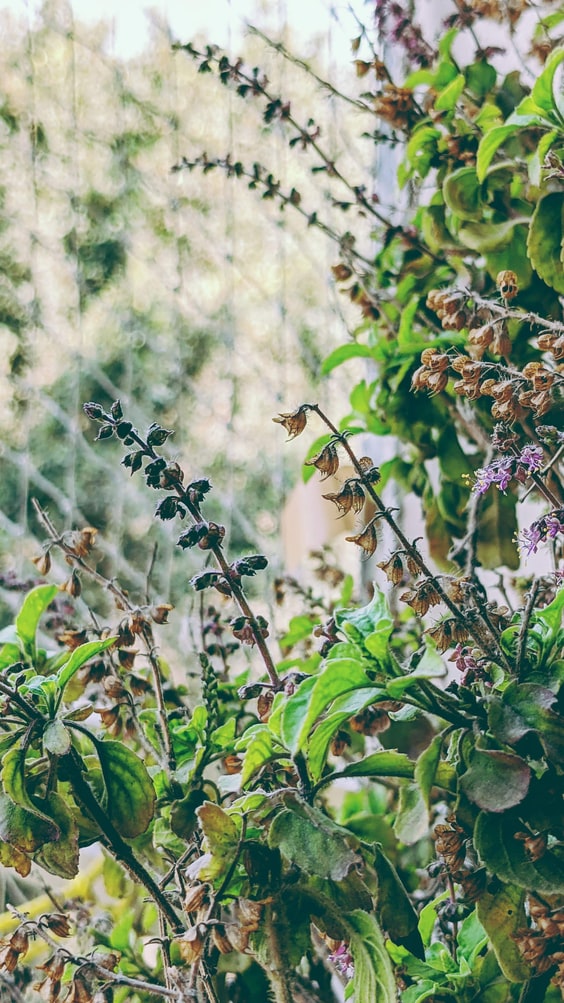
Ginger
What are its medicinal qualities?
From an Ayurvedic perspective, ginger is a superfood, particularly for digestion, respiration and the joints. It is believed to destroy ama or toxins, enkindle the digestive fire, improve the secretion of digestive enzymes, prevents nausea and stop hiccups. It also improves peripheral circulation and warms up the body, reducing feelings of cold and pain - perfect for Vata or Kapha folk in cold climates. It can even be helpful in congestive-type cardiac disorders when used at a high dosage. Ginger clears phlegm in the lungs, alleviating coughs, colds and breathing difficulties. Despite its warming quality, it also reduces inflammation by inhibiting the activity of prostoglandins so is used in many traditional forumlations to treat arthritis. For the same reason, hot, fresh ginger tea is also great medicine for menstrual cramps. Ginger also has a rejuvenating effect on the body/mind and is considered Sattvic, helping to promote a calm, peaceful mind (1). In Ayurveda, ginger is used in a wide variety or formulations, in home remedies as a pulp or juice and even in herbal boluses for treatments like Pindaswed.





